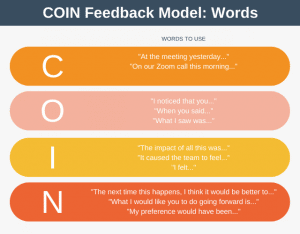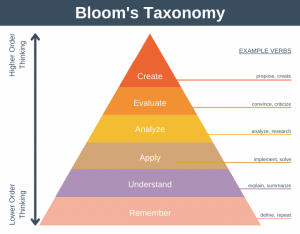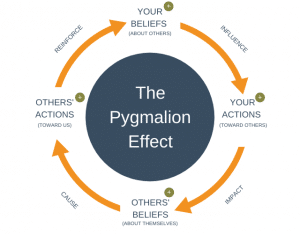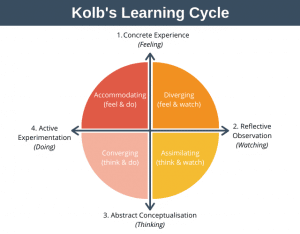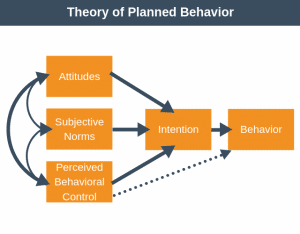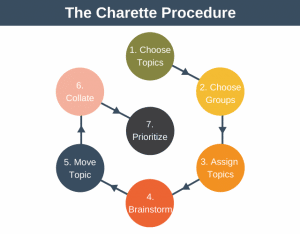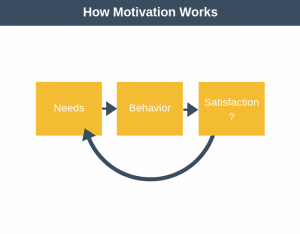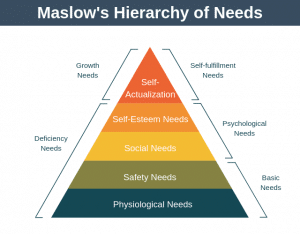Reinforcement Theory tries to explain what motivates good and bad behavior in the workplace. It also gives us a mechanism to influence the behavior of our team using what the theory refers to as reinforcement, punishment or extinction.
Reinforcement refers to rewards that are used to encourage good behavior and punishments are used to reduce bad behavior. Extinction is similar to punishment but involves the removal of a reward that is encouraging poor behavior.
Background
The Reinforcement Theory of Motivation was developed by B. F. Skinner (1904 – 1990), an American psychologist. Skinner was a Professor of Psychology at Harvard University from 1958 until he retired in 1974.
The Law of Effect
Behavioral theories of motivation focus on how the results we’ve obtained from past behaviors shape our future behaviors. According to Reinforcement Theory, for any given situation, individuals can choose one of several behaviors available to them. The option they choose will be the one that has had the most positive outcomes in the past.
Although explained in less detail than Reinforcement Theory, something similar to Reinforcement Theory was first articulated by 1911 by E. L. Thorndike and became known as the law of effect or operant conditioning.
Reinforcement Theory Key Concepts
Reinforcement Theory argues that the internal needs of individuals can be ignored when you are trying to motivate them to behave a certain way. Why? Because it assumes that people learn to change their behavior based on what happens to them from exhibiting a certain behavior.
As you can see in the diagram below, according to Reinforcement Theory there are four factors involved in influencing workplace motivation:
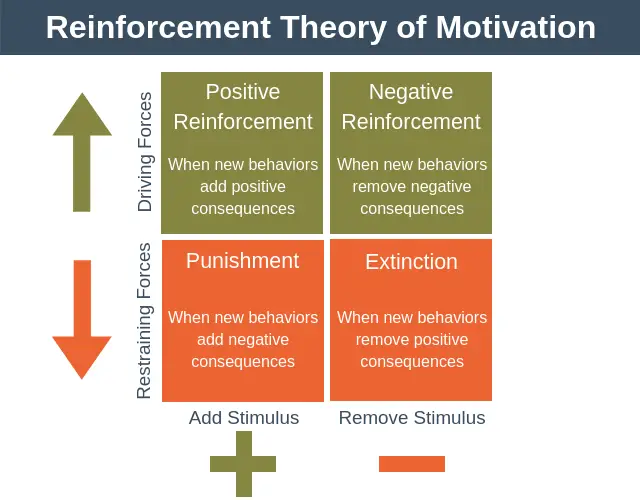
Driving forces encourage good behavior, whereas restraining forces aim to limit or stop a poor behavior.
Sometimes we receive a stimulus for behaving a certain way. For example, when we behave desirably we may get something nice as a reward, or a punishment may be our reward for exhibiting a poor behavior.
Sometimes a stimulus is taken away. So, if we exhibit good behaviors we may have something taken away which has been irritating us. However, if we behave poorly we may have something taken away that we liked.
The four factors that are the levers of motivation are:
- Positive Reinforcement
- Negative Reinforcement.
- Punishment.
- Extinction.
Let’s examine each of the factors in more detail.
1. Positive Reinforcement
Positive reinforcement is a reward you give to an employee when they exhibit desirable behavior. Positive reinforcement encourages the employee to continue to exhibit this desirable behavior.
Examples of positive reinforcement rewards include financial bonuses, praise, and time off in lieu, amongst others.
It should be noted that the more spontaneous the reward the more positive reinforcement occurs. For example, if an employee is expecting praise and they then receive praise, it will not have as great an impact as if the praise came out of the blue.
2. Negative Reinforcement
Negative reinforcement also uses rewards. Here, an employee is rewarded for desirable behavior by having something unpleasant removed.
As an example of negative reinforcement imagine you have a new team member. Every day you check-in with them to monitor what they’ve been doing the previous day. After two months of good behavior, you change your monitoring schedule to just once per week. The removal of daily monitoring is the reward.
3. Punishment
Punishment happens when you use negative consequences in the workplace to deter or stop team members from undesirable behavior.
For example, issuing an employee with a written warning for use of foul language is an example of punishment in action. The employee is under no illusion that they must improve their language or they could lose their job.
Don’t confuse punishment with negative reinforcement. Punishment is giving something negative, whereas negative reinforcement is the taking away of something negative.
4. Extinction
Extinction refers to stopping someone’s learned behavior. You can extinguish a behavior by withholding the positive reinforcement that led to that behavior in the first place.
As an example, suppose you have an employee that is continually disrupting your other team members from their work. They are doing this by regularly talking while people are trying to work. How can extinction be used to curb this behavior?
Well, the positive reinforcement they are getting from doing this is the engagement and attention of the other team members. Because of this, you could ask your team not to engage with this person at any level when they start trying to distract the group.
Thus, their positive reinforcement is no more, so it shouldn’t take long to see a reduction in their distracting behavior.
Schedule of Reinforcement
To achieve the desired behavior change, reinforcement needs to be more than a one-off event. There are two approaches you can take to provide reinforcement: continuous and intermittent.
If you reinforce the behavior every time it happens, that’s continuous reinforcement. If you reinforce the behavior only some of the time it happens, that’s intermittent reinforcement.
Generally speaking, continuous reinforcement is the quickest way to get someone to develop a new behavior. Unfortunately, it is often unpractical in the workplace. Because of this intermittent schedules are more common in the workplace.
- Continuous reinforcement: happens when the desired behavior is reinforced each time it is observed.
- Intermittent reinforcement: there are many variations of intermittent reinforcement, including:
- Fixed-interval reinforcement: happens when reinforcement is given at set times, for example in a daily stand-up meeting.
- Variable interval reinforcement: happens when reinforcement is given regularly but not at set times.
- Fixed radio reinforcement: happens when a fixed number of actions have been performed. For example, a mechanic is rewarded if he services 10 cars in one day.
- Variable radio reinforcement: happens when a variable number of actions have been performed. For example, an employee is given their bonus if and only if they achieve all of their targets.
Using the Model
Here are simple steps you can follow to use Reinforcement Theory with your team.
1. Specify desired behavior
If you want someone to adopt a new behavior the first thing you need to do is tell them. Do this in as clear and objective terms as you can.
Describe the good behavior you want to see or the bad behavior you want to discourage, in such a way that it can be measured. It’s also a good idea to put a deadline in place so that the individual knows the timeframe they have in which to change.
2. Measure current desired behavior
The next step is to baseline how frequently the behavior in question occurs currently.
Unless we measure our starting point it will be impossible to objectively assess if a behavior has changed or improved.
3. Reinforce desired behavior
Next, you need to determine how and when you will reinforce the new behavior.
First, you need to choose one or more of the four types of reinforcement: positive reinforcement, negative reinforcement, punishment, and extinction.
Second, you need to select one or more schedules of how you will reinforce the behavior: continuous or intermittent.
4. Assess change
The final step is to measure if the new behavior you want is increasing in frequency quickly enough.
If it is, great. But if it isn’t, then you may need to reassess your approach and work through steps 1 to 4 again.
Summary
The Reinforcement Theory of Motivation attempts to explain how people learn their behaviors.
As a manager or team leader, it can be a useful tool in helping you rectify poor behaviors and promote good behaviors.
